Today is International Women's Day, and to celebrate, we are highlighting notable women who have driven innovation in the technology sector.
At Intellis, we envision a future of technology that is accessible, flexible, and inclusive. This vision aligns with our mission to "strive for team excellence and maintain an environment that allows for continuous improvement of individuals and our organization."

Dr. Anandi Gopal Joshi Studied at Philadelphia’s Woman’s Medical College of Pennsylvania as a member of the class of 1886. She became one of the first Indian women to practice Western medicine.
"Be grateful for challenges because... Had there been no difficulties and no thorns in the way, then [each woman and] man would have been in his primitive state and no progress made in civilization and mental culture."
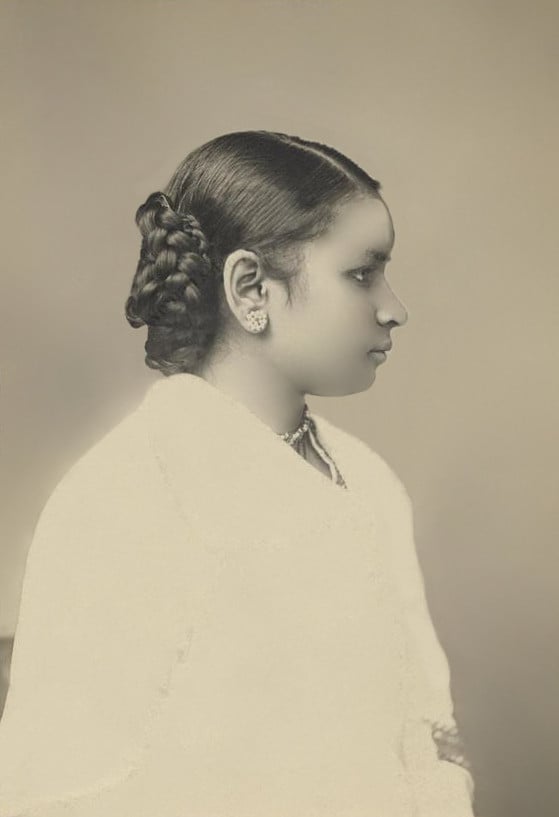 Portrait of Dr. Anandibai Joshee, M.D., Class of 1886 at the Women's Medical College of Pennsylvania. (Photo: South Asian American Digital Archive).
Portrait of Dr. Anandibai Joshee, M.D., Class of 1886 at the Women's Medical College of Pennsylvania. (Photo: South Asian American Digital Archive).
Anandi Gopal Joshi (31 March 1865 – 26 February 1887) was one of the first Indian female practitioners of Western medicine. She studied at Philadelphia’s Woman’s Medical College of Pennsylvania as a member of the class of 1886.
During her time in the US, Joshi often gave talks on the need for more women doctors in India and the effects of events such as early marriage and early childbirth on women’s health, and told audiences about her dream of one day opening a medical college for women in India.
In late 1886, Anandibai returned to India, receiving a grand welcome. The princely state of Kolhapur appointed her as the physician-in-charge of the female ward of the local Albert Edward Hospital.
Valerie Thomas, Data Scientist and Former Associate Chief of NASA Space Science Data Operations
"I think strides have been made to encourage more females to consider entering the science and engineering fields. There are special STEM programs in which girls are participating, books for girls about female role models, and hands-on competitions and other activities in which girls are being successful."
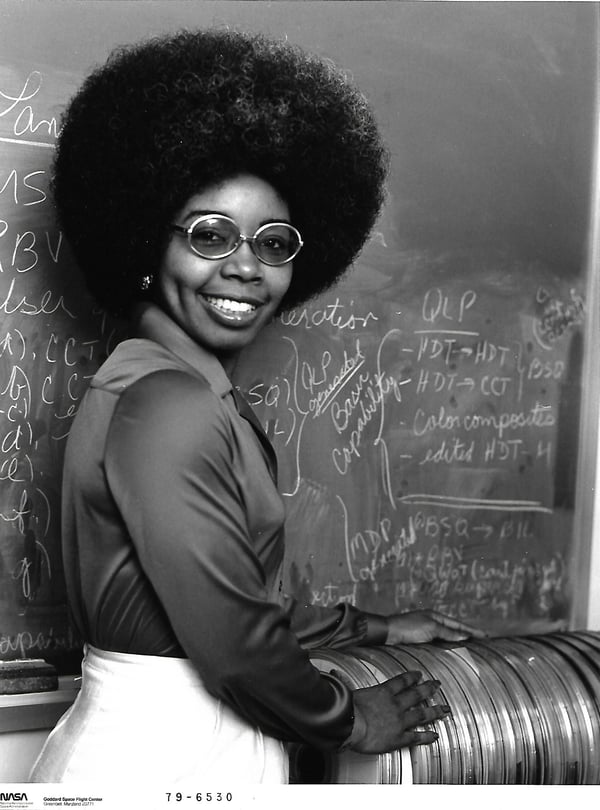
Valerie Thomas, in 1979, stands with a stack of early Landsat Computer Compatible Tapes (CCTs). Thomas was responsible for the development of early Landsat digital media formatting. (Photo: NASA).
Valerie Thomas (February 8, 1943 to present) is best known for inventing the illusion transmitter, for which she received a patent in 1980, during her long career at NASA. The device is still in use today, and scientists are currently working to incorporate it into modern medicine and technology tools.
Over her 30+ year career at NASA, she managed the development of NASA’s image-processing system for Landsat, the first satellite to send images from outer space. She led a team of 50 for the Large Area Crop Inventory Experiment (LACIE), a joint effort between NASA, NOAA, and the USDA that demonstrated the ability to use space technology to predict wheat yield.
Thomas, one of only two women in her class, earned a degree in physics at Morgan State University. She has received many awards, including the Goddard Flight Center Award of Merit and the NASA Equal Opportunity Medal.
Dame Stephanie Shirley, Information Technology Pioneer, Businesswoman, and Philanthropist
"A lot of people go into business to make money. I really didn't; I went in with a mission for women. Conversely, I was determined never, ever to be poor again."
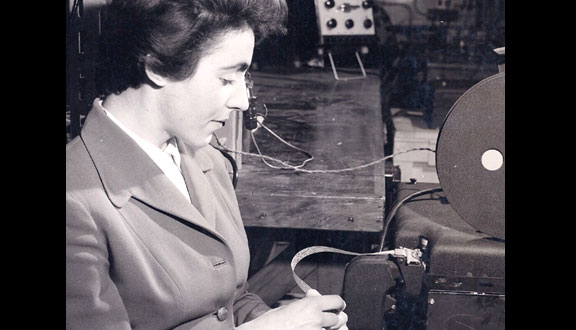
(Photo: British Library).
Stephanie "Steve" Shirley (born September 16, 1933) is a technology pioneer who founded an innovative software company in 1962 that employed home-based women as part-time workers. She has a degree in mathematics from Sir John Cass College.
In the 1950s, she worked at the Post Office Research Station in the UK, where she built computers from scratch and wrote machine language code. She took evening classes for six years to obtain an honors degree in mathematics. While at the Post Office, she helped develop electronic telephone exchanges and the premium bond computer, "Ernie."
In 1962, she founded the software company Freelance Programmers (later FI, then Xansa, which was acquired by Steria and is now part of the Sopra Steria Group). She had innovative work practices that primarily focused on creating job opportunities for women with dependents, and she predominantly employed women.
She received her BSc in 1956 and was appointed Officer of the Order of the British Empire (OBE) in the 1980 Birthday Honors for industry services; Dame Commander of the Order of the British Empire (DBE) in the 2000 New Year Honors for services to information technology; and Member of the Order of the Companions of Honor (CH) in the 2017 Birthday Honors for services to the IT industry and philanthropy.
In 1987, she gained the Freedom of the City of London. She was President of the British Computer Society from 1989 to 1990 and Master of the IT livery company 1992-93. In 1985, she was awarded a Recognition of Information Technology Award. In 1999, she received the Mountbatten Medal.
Stephanie retired in 1993 but has continued championing progress in the fields she loves. She supports research into autism spectrum disorders and organizations that promote the improvement of the IT industry and the role of the internet in society.
Shirley A. Jackson was A theoretical physicist and inventor who was the first African-American woman to earn a PhD in Theoretical Solid State Physics from MIT.
“The world needs bright young people, as many as possible, from all backgrounds to address our greatest challenges: climate change; national and global security; the mitigation of disease and human health; food, water, and energy security for a growing global population. All of these challenges require new science and new technology. To take them in hand, we must inspire our children today to learn that which will allow them to discover and innovate tomorrow."
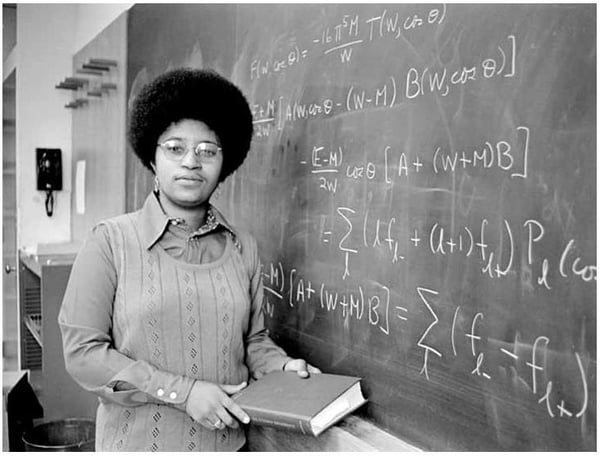 (Photo: MIT Museum).
(Photo: MIT Museum).
Shirley Ann Jackson (August 5, 1946 to the Present) is an American physicist and the 18th president of Rensselaer Polytechnic Institute. She is the first African-American woman to earn a doctorate at the Massachusetts Institute of Technology (MIT).
She was a senior leader in academia, government, industry, and research. Jackson previously served as a theoretical physicist at Bell Labs, Chairman of the US Nuclear Regulatory Commission, and professor of theoretical physics at Rutgers University. Her work as a researcher laid the foundation for others to develop fiber optic cables, portable fax machines, and solar cells.
President Obama named Jackson the President's Intelligence Advisory Board co-chair in 2014. She also serves on the Secretary of State's International Security Advisory Board and the Secretary of Energy Advisory Board.
Grace Hopper, Computer Scientist and United States Navy Rear Admiral
"We're flooding people with information. We need to feed it through a processor. A human must turn information into intelligence or knowledge. We've tended to forget that no computer will ever ask a new question."
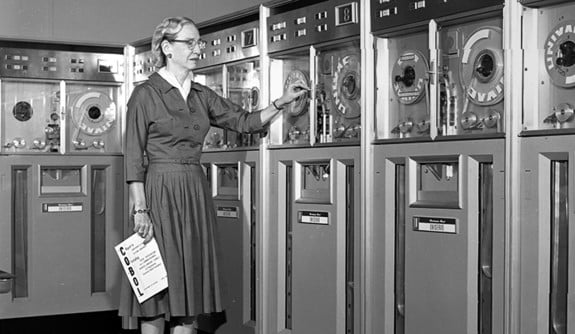
(Photo: Computer History Museum).
Grace Hopper (December 9, 1906 to January 1, 1992) was a computer scientist and naval officer. She received a master’s degree (1930) and a Ph.D. (1934) in mathematics from Yale. She is considered one of the first three modern “programmers” and is best known for her trailblazing contributions to developing computer languages.
She was one of the first programmers of the Harvard Mark I, a general-purpose electromechanical computer used in the war effort during the last part of World War II. She was a pioneer in computer programming and invented one of the first compiler-related tools, a translator-like program that transforms computer code written in one programming language into another.
Moreover, she popularized the idea of machine-independent programming languages, which led to the development of the Common Business-Oriented Language, COBOL, an early high-level programming language designed for business use. COBOL is still used in companies and governments' business, finance, and administrative systems.
After the war, she continued to serve in the military, rising to the rank of Rear Admiral and working on the advancement of computer technology. She has received numerous accolades for her contribution to the computer sciences. Grace left an inimitable legacy as a brilliant programmer and a pioneering woman in male-dominated fields.
---
Additional Resources

